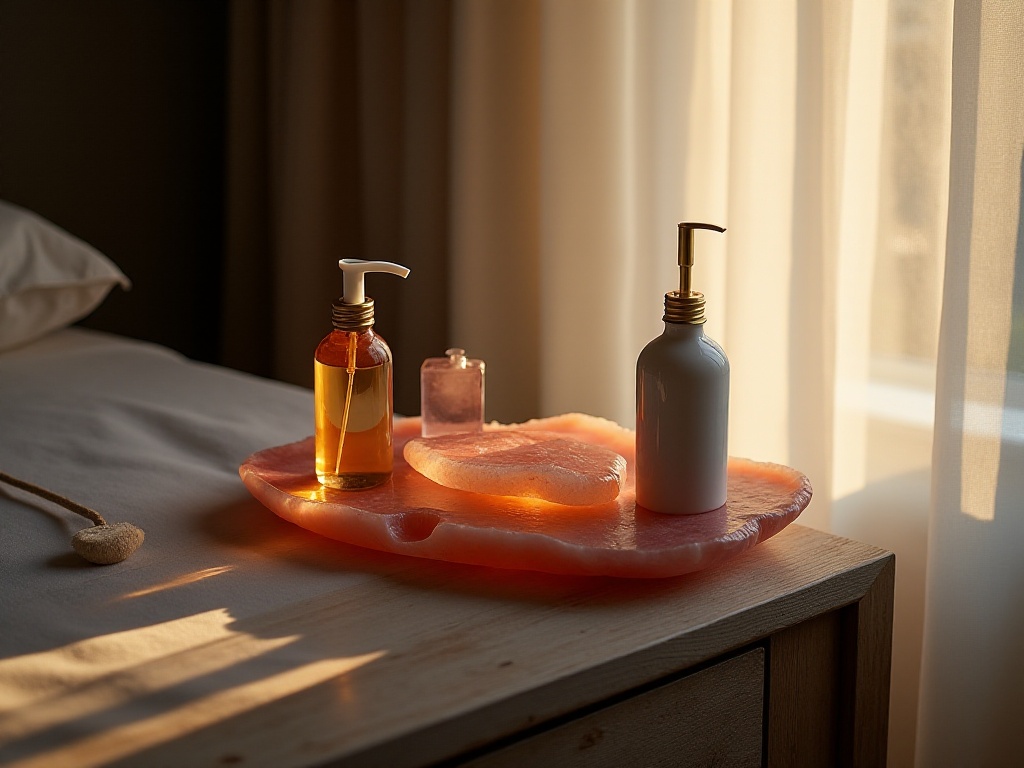
Initial Thoughts
As a former organizing disaster, I totally understand the feeling of being surrounded by clutter every day. My desk was like a mini landfill, with books, stationery, cosmetics, and snack bags all jumbled together. The closet was even worse, with clothes crumpled into balls, making finding anything harder than finding a needle in a haystack.
The most frustrating part was that every time I cleaned up, the room would revert to its original state within days. This vicious cycle was really maddening! Whenever I saw those perfectly organized model rooms online, I wondered: why can others' rooms be so perfect while mine is always a mess?
Finally, one weekend, I couldn't take this chaotic living situation anymore. You know that feeling? When you want to find something but realize it could be hiding in any corner of the room - that sense of helplessness is really overwhelming! At that moment, I was determined to solve this problem thoroughly.
The Key Points
Honestly, I totally understand that feeling of not knowing where to start when facing a room full of clutter. Every time I saw the mess, it felt too overwhelming to tackle, and I'd rather just give up. But through practice, I discovered the issue isn't about being lazy or not - it's about having the right method.
Take me for example - I used to start from scratch during every major cleanup, dumping everything out to reorganize, exhausting myself only to have it become messy again shortly after. Now I understand that the most important aspect of organization is building a system that works for you. This system doesn't need to be perfect; it just needs to match your habits.
For instance, I love online shopping and often stock up on snacks and skincare products. Previously, these items were just stuffed randomly in drawers, creating chaos when I needed something. Later, I specifically planned storage space for these items, organizing them by category and frequency of use. Now I can find things instantly, saving time and improving my mood.

Seven Tips
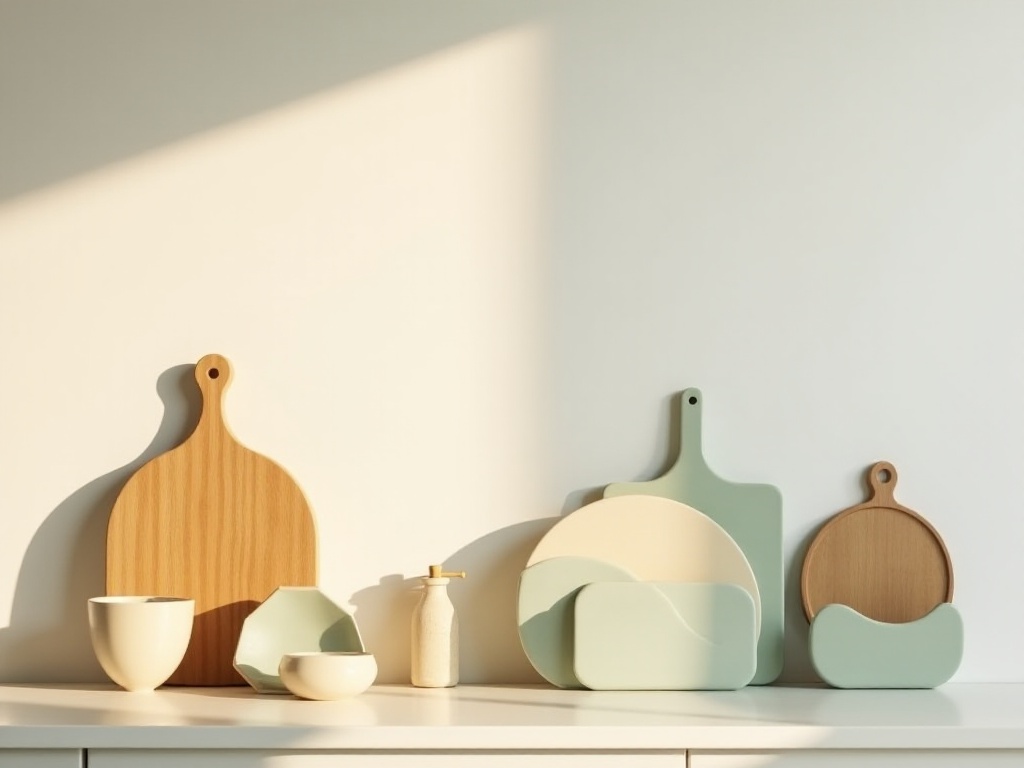
Room Survey
The first step in organization is definitely mapping out your room's "terrain." This doesn't mean just a quick glance - you need to thoroughly inspect every corner. I remember being shocked the first time I did this.
Take my living room for example: the space under the sofa was stuffed with magazines and delivery boxes, the coffee table was covered with makeup and skincare samples, and the TV cabinet was full of manuals and expired flyers. Just recording all these areas that needed organization filled three whole pages! But with this detailed "battle map," I could approach organization more strategically.
I also noticed an interesting phenomenon: everyone has different clutter accumulation points. My main clutter spots are the bedside table and computer desk because I often read in bed and work at the computer. My roommate's messiest area is the entryway because she likes to leave her bags on the shoe cabinet. Understanding these personal habits is crucial for later organization planning.
Time Management
When it comes to organizing, the most overwhelming aspect is feeling like it takes too much time. Especially when watching those organization experts' videos where they spend half a day or even a whole day organizing - who can handle that? Just thinking about spending that much time makes many people give up immediately.
My current approach is to break down organizing time into chunks, dedicating 15 minutes daily to tidying up. The benefit of this approach is that it doesn't create too much pressure and maintains a consistent rhythm. I usually choose bedtime for this since I'm too tired to clean during the day.
At first, it was a bit chaotic, feeling like nothing could be accomplished in 15 minutes. But after persisting for a while, I found my organizing efficiency improving. Now I can clean my desk thoroughly in 5 minutes, leaving time for other areas.
I made a simple calculation and found that after sticking to this for a month, my organizing efficiency nearly doubled. Moreover, this daily organizing habit helps me identify and solve problems promptly, preventing clutter from becoming unmanageable.

Vertical Storage
This storage method has been my lifesaver! Honestly, I used to think my home didn't have enough storage space and was constantly searching online for storage solutions. Until I discovered vertical storage, I realized the issue wasn't space size but space utilization.
Take my kitchen for example: previously, spatulas and cutting boards were stored horizontally, taking up space and being inconvenient to access. Later, I installed a hook rack on the kitchen wall to hang these tools vertically, instantly freeing up a large amount of space. Plus, this arrangement looks particularly aesthetic and uplifting.
I also transformed my wardrobe using this method. Previously, clothes were folded and stacked, making it difficult to find things and easy to mess up. Now I store clothes vertically, arranged like books, making it easy to spot what I want. Through this method, my closet capacity increased by a third!
The most pleasant surprise was the bathroom organization. Previously, skincare and toiletries were randomly placed on the sink, taking up space and prone to tipping over. Later, I installed several wall shelves and arranged these bottles vertically, not only saving space but also looking particularly neat.
Zone Organization
This technique sounds simple, but there's actually quite a bit of skill involved in implementing it properly. I think the most important thing is to create zones based on your own usage habits rather than blindly following someone else's method.
Take my wardrobe for example: I zone it according to frequency of use. The most accessible spots contain daily wear, the next level holds clothes for special occasions, then seasonal items, and finally clothes waiting to be cleared out. After this categorization, my time spent finding clothes decreased from 10 minutes to 2 minutes - the efficiency improvement is remarkable.
I use the same method for my desk organization. Frequently used stationery and electronics go in the most accessible drawer, while less frequently used materials and backup supplies go in the lower drawers. Each drawer is further divided into zones based on item size and purpose, preventing things from getting mixed up.
The same principle applies to cosmetics organization. I keep daily skincare products at the front, arrange makeup products in order of use, and place special occasion products at the back. This makes the makeup routine much smoother without having to dig through everything.
Unified Containers
Speaking of storage containers, I made quite a few mistakes before. I used to mix different types of storage boxes - plastic, fabric, wicker - in various sizes, which looked really messy. Plus, because of their inconsistent shapes, a lot of space was wasted.
Later, I replaced all storage boxes with a unified style, choosing transparent acrylic material. This material not only looks high-end but is also particularly practical as you can see what's inside at a glance. Most importantly, because they're uniformly sized, these storage boxes can be freely combined and arranged however you like.
When choosing storage boxes, I paid special attention to dimensions. I measured the depth and height of cabinets beforehand to ensure the storage boxes would fit perfectly. This not only looks neat but also maximizes space utilization.
Another small tip is to choose storage boxes that are easy to open. I previously bought some beautifully designed but impractical boxes that I abandoned after a short while. Now I choose simple, functional styles with easy access as the priority.
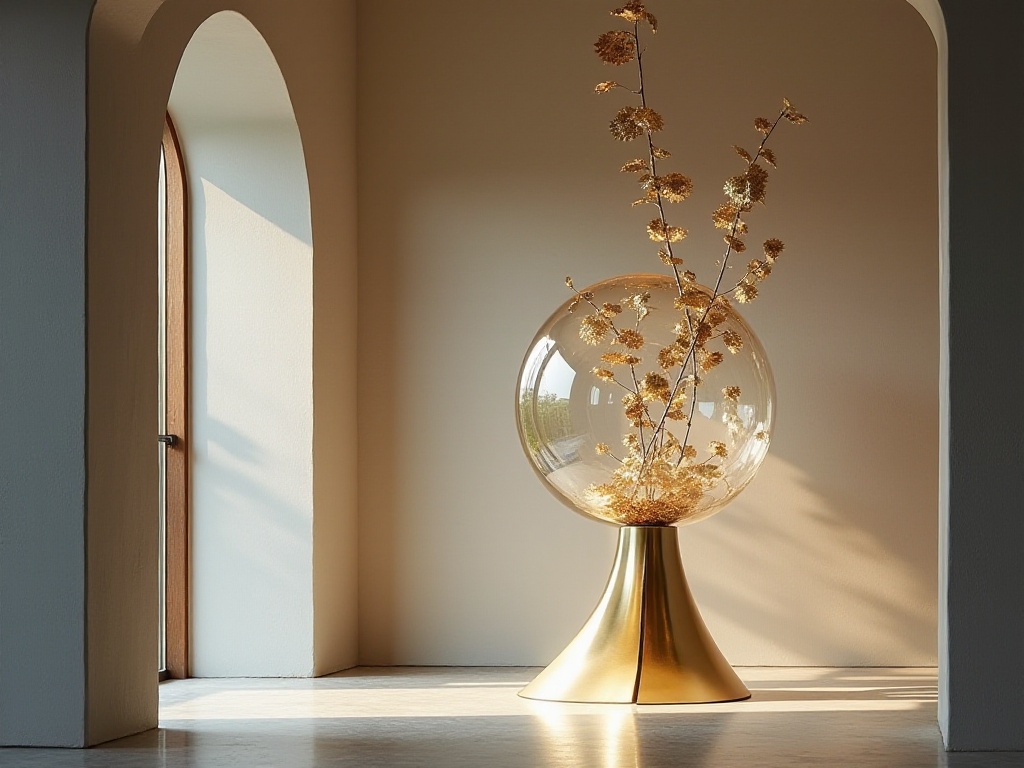
Label System
This is possibly the most easily overlooked but actually crucial step. Organization without labels is like a library without book numbers - finding things becomes extremely difficult.
I spent an entire month labeling all the storage boxes in my home. While this process was a bit tedious, the results were amazing. The most obvious change was with my husband - previously he'd have to search the entire room for a charger, now he can find it in three seconds by looking at the labels.
My labeling system is quite interesting - it's not just simple content labels, but different colors for different categories. For example, blue labels for electronics, green for stationery, and yellow for daily necessities. This not only makes everything clear but also looks particularly nice.
I've also found that having labels makes me more mindful when putting things away - I won't just place items randomly anymore. Because labels are like giving each item a home, seeing the label naturally tells you where it belongs.
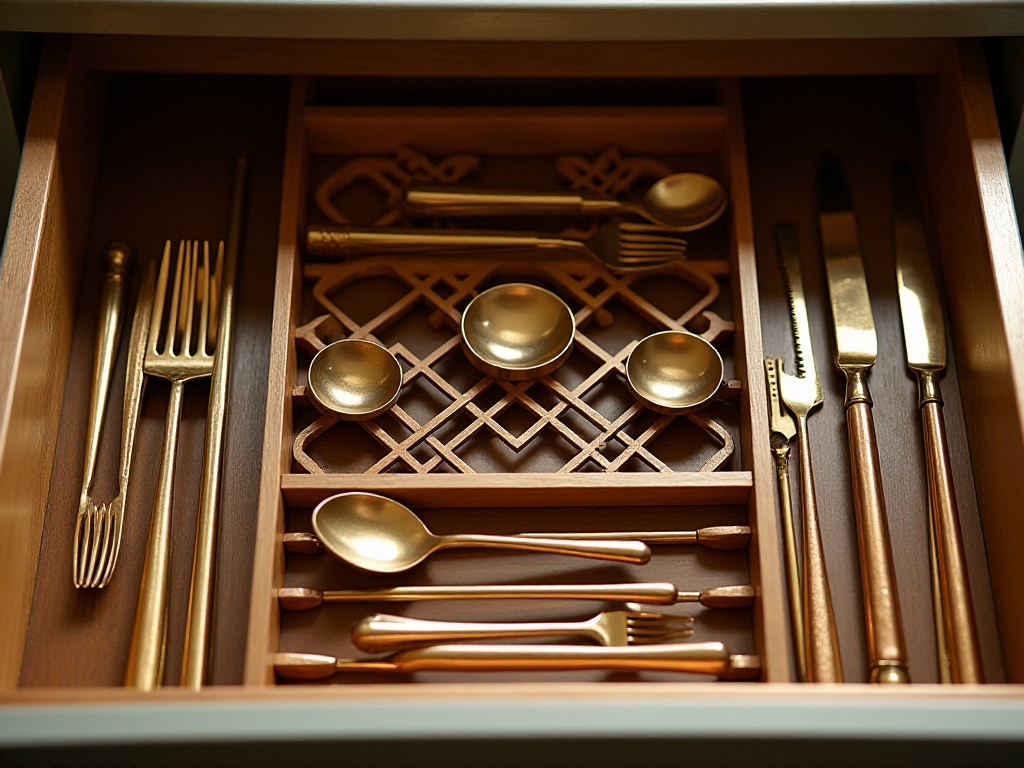
One In, One Out
This principle is really crucial! I used to be a shopping addict, often stuffing new purchases into my home randomly, resulting in items piling up until there was barely room to walk.
In the first month of implementing this principle, I cleared out two whole boxes of unused items. Some things hadn't been used for ages, and some I'd even forgotten I'd bought. Now whenever I want to buy something new, I first think about what I can eliminate. This not only controls the quantity of items but also saves money.
I've found this principle particularly suitable for clothing organization. During each season change, I go through my wardrobe and clear out clothes that don't fit or I don't like wearing anymore. This maintains closet tidiness and keeps my wardrobe updated.
Tips for Maintaining
Organization isn't a one-time thing but a lifestyle habit that needs continuous maintenance. I now set myself a small goal each month, like focusing on the bookshelf this month and the wardrobe next month. Through this gradual approach, I've slowly turned organizing into a habit.
I've also created a weekly checklist for myself, noting which areas are doing well and which need improvement. This helps me identify problems promptly and gives me a sense of achievement. Watching the room become neater day by day really improves my mood.
The most important thing is finding your own rhythm. Some people might prefer weekly deep cleaning, while others might be more comfortable doing a little each day. The key is to persist and make organization a natural part of life.
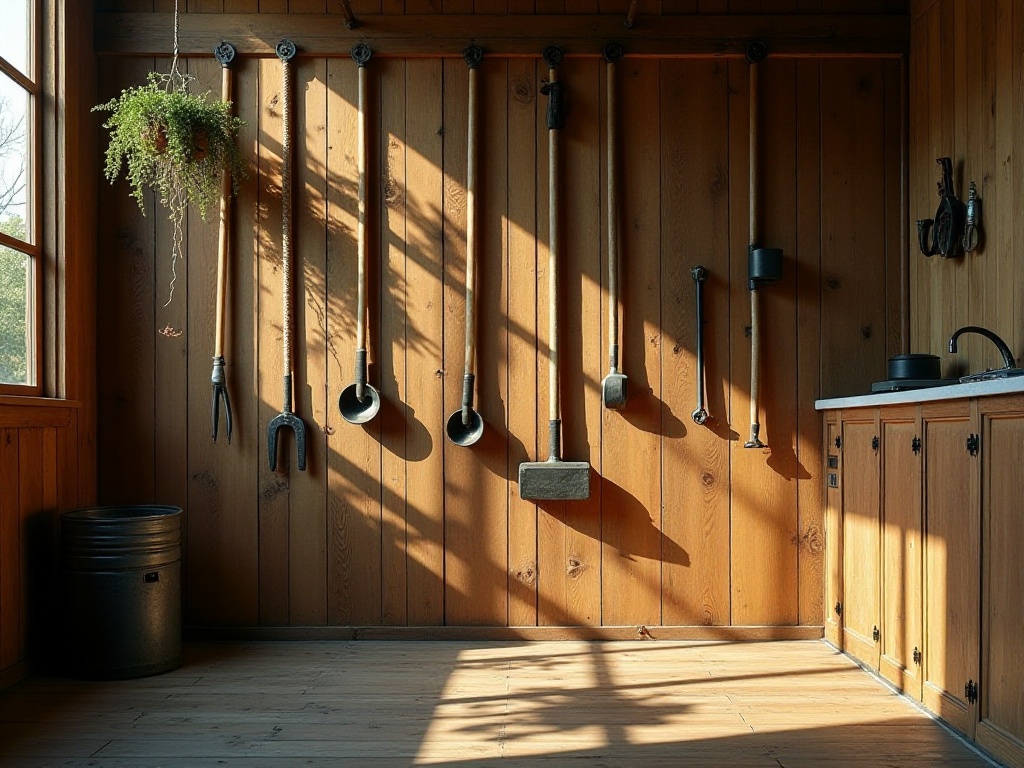
Final Words
Honestly, transforming from an organization disaster to where I am now involved quite a few failures and setbacks. But every time I see my room becoming neater, that sense of achievement is indescribable.
The most important thing to remember is that perfect organization isn't achieved overnight but needs to be cultivated gradually. Like me, I was also all over the place at first, but through continuous trial and adjustment, I finally found methods that work for me.
I believe that as long as you master the right methods and add a bit of patience, you can definitely organize your room perfectly too. After all, a tidy living environment not only improves quality of life but also makes you feel better!
Which of these organizing techniques do you think would work best for your current living situation? Feel free to share your thoughts in the comments. If you have any particularly effective organizing tips, please let me know too.
Next
Building an Exercise Habit from Zero to One: A Method That Kept Me Going for a Whole Year
A comprehensive guide to establishing a healthy lifestyle and managing home spaces, covering essential aspects of physical health including weight management, dietary habits, exercise routines, along with practical tips for home organization and maintenance
Master Home Organization from Scratch: Keep Your Nest Tidy and Organized
A comprehensive guide to home organization and storage, covering fundamental principles, space maximization, zone-specific storage strategies, and innovative storage solutions with practical methods for effective home organization
From "Danshari" to "Smart Organization": My Journey in Home Organization
A comprehensive guide to home organization and storage, covering systematic decluttering principles, space planning techniques, categorization strategies, and methods for developing sustainable organization habits
Next
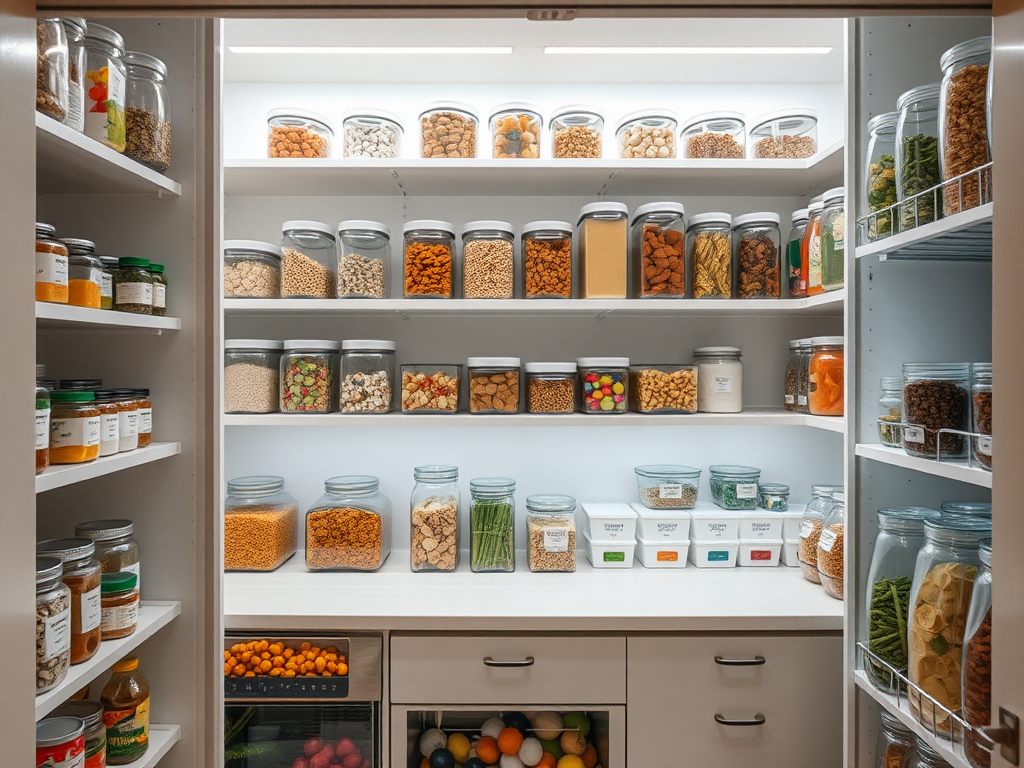
Building an Exercise Habit from Zero to One: A Method That Kept Me Going for a Whole Year
A comprehensive guide to establishing a healthy lifestyle and managing home spaces, covering essential aspects of physical health including weight management, dietary habits, exercise routines, along with practical tips for home organization and maintenance

Master Home Organization from Scratch: Keep Your Nest Tidy and Organized
A comprehensive guide to home organization and storage, covering fundamental principles, space maximization, zone-specific storage strategies, and innovative storage solutions with practical methods for effective home organization

From "Danshari" to "Smart Organization": My Journey in Home Organization
A comprehensive guide to home organization and storage, covering systematic decluttering principles, space planning techniques, categorization strategies, and methods for developing sustainable organization habits


